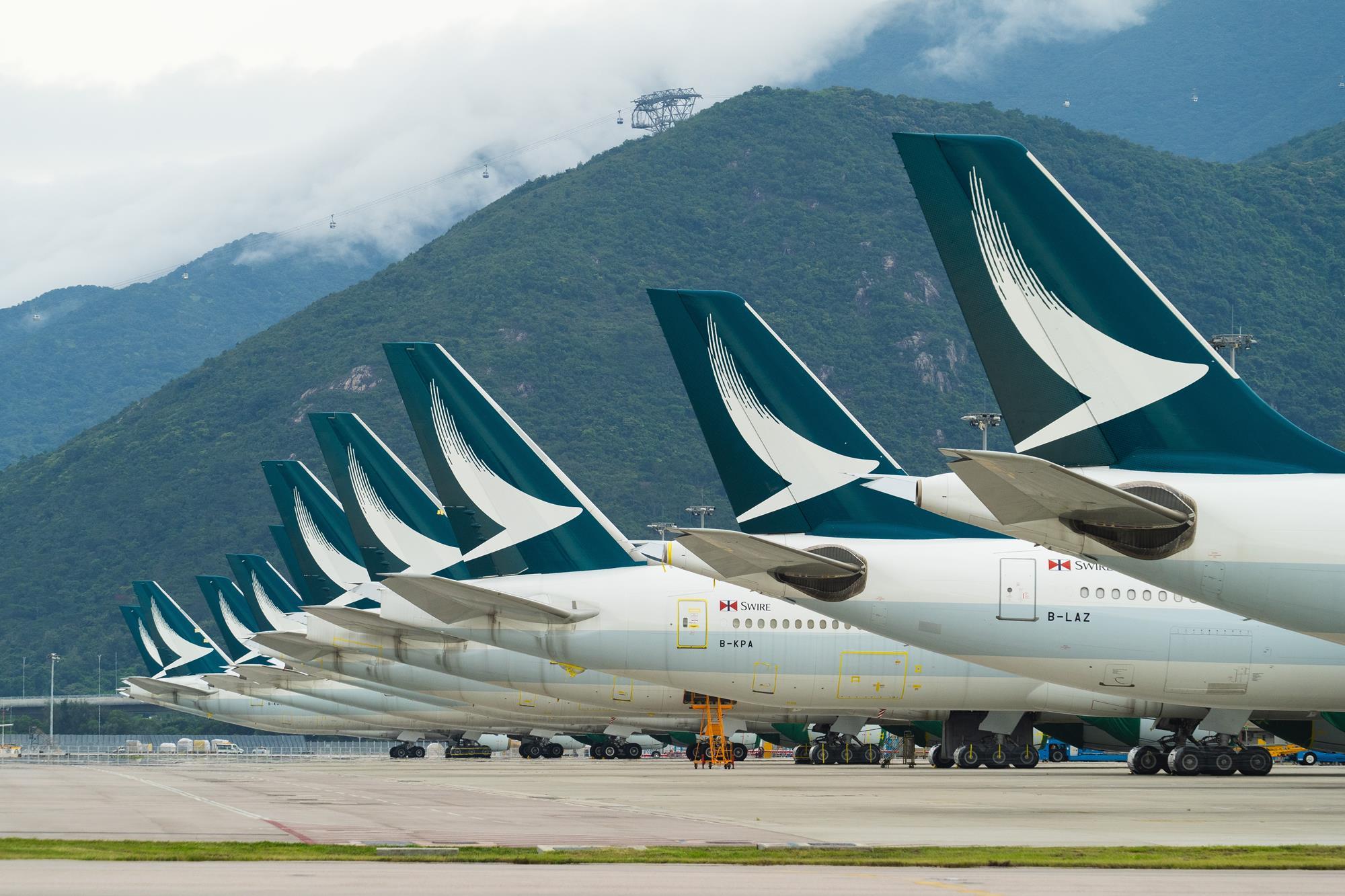Preliminary traffic figures released today by the Association of Asia Pacific Airlines (AAPA) showed that international passenger demand continued to linger at the significantly depressed volumes seen since April 2020. The ongoing COVID-19 pandemic and surges in transmission across many Asian economies have resulted in renewed border control restrictions as well as domestic lockdowns, quelling hopes of any meaningful resumption in international travel markets.
In total, Asia Pacific airlines carried just 1.1 million international passengers in April. Although this was an improvement over the same period in 2020 when international passenger volumes plunged precipitously, it represented just 3.5% of passenger volumes recorded in the same month of 2019. Available seat capacity was only 4% of levels registered in 2019, with the international passenger load factor averaging 26.4% for the month.
Meanwhile, countries that have begun vaccination rollouts continued to benefit from a revival in their domestic economies, which in turn fuelled demand for goods. Accordingly, the acceleration in global trade activity continued to benefit the region’s carriers, which saw air cargo demand in international freight tonne kilometres (FTK) grow by 42% year-on-year in April, achieving volumes slightly above the same period in 2019. Offered freight capacity rose by 29.4% year-on-year, resulting in a 6.7 percentage point increase in the average international freight load factor to 74.8% for the month.
Commenting on the results, Mr. Subhas Menon, AAPA Director-General said, “The emergence of different variants with higher transmissibility rates has deterred Asian economies from reopening their borders, with extended quarantine requirements further supressing international travel demand. Bilateral travel corridors offer hope for a recovery, yet remain susceptible to disruptions, as evidenced by the second postponement of the Singapore-Hong Kong travel bubble, reflecting the extremely challenging operating conditions faced by airlines.”
Mr. Menon added, “In Asia, the relatively slow pace of vaccinations continues to undermine the region’s economic recovery, in particular, the travel and tourism sectors which have been badly hit. Accelerating vaccination rollouts will be key to paving the way for the restart of the travel industry. However, governments are still facing numerous challenges, including supply constraints and logistical issues.”
“Meanwhile, Asian airlines continue to play a pivotal role in supporting international efforts to save lives, through the delivery of much-needed medical supplies. However, the majority of the region’s carriers, with their international passenger business severely curtailed, continue to burn through cash every month. Some airlines are undergoing major restructuring, whilst others are raising further equity.”
Mr. Menon concluded, “As COVID-19 becomes endemic in society and borders progressively reopen, the collaboration of multiple stakeholders such as governments, airlines, airports and service providers, as well as the implementation of harmonised risk-based measures in accordance with ICAO and WHO guidelines, will be needed to restart international air travel in a smart, safe and sustainable way.”
Tags: AAPA
